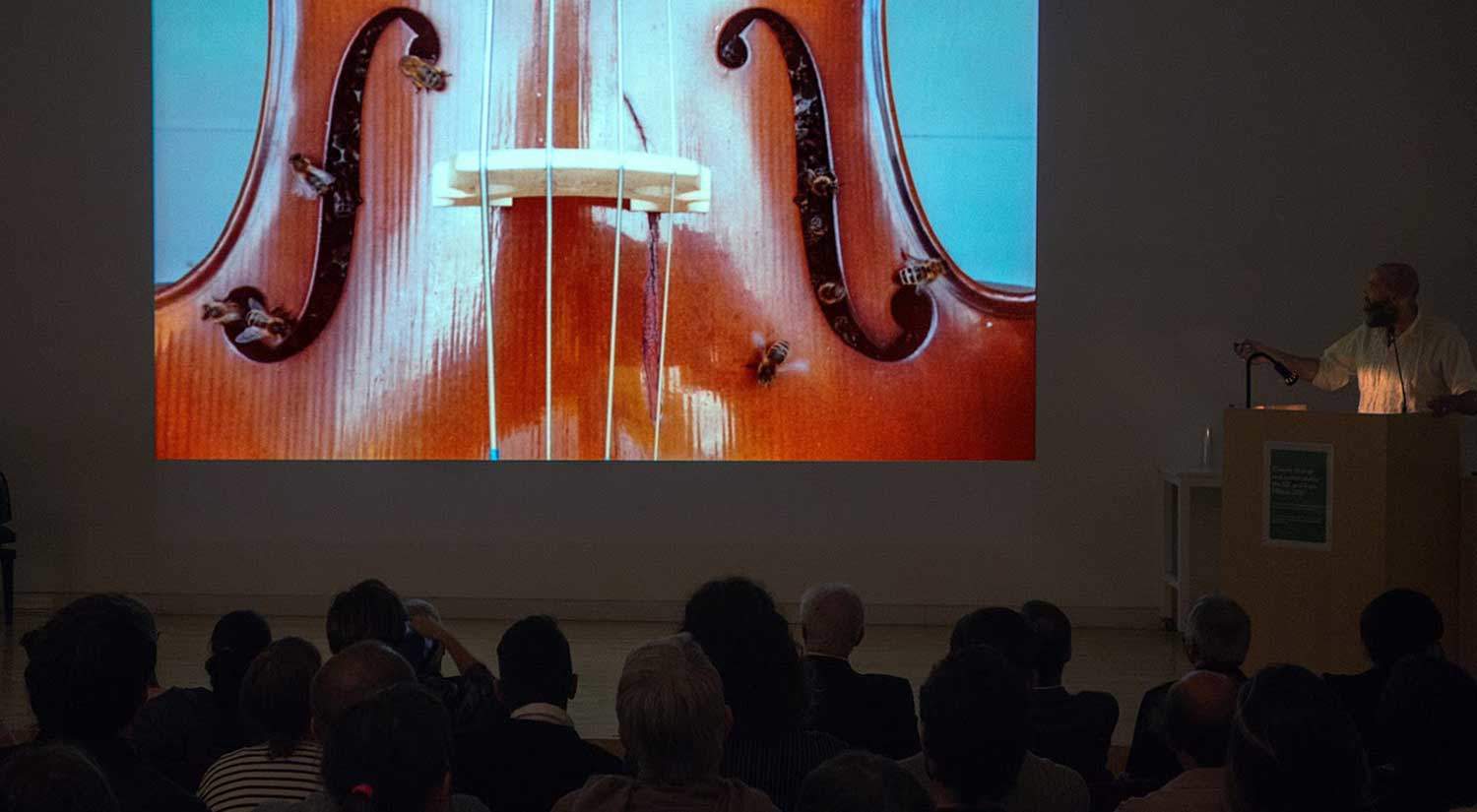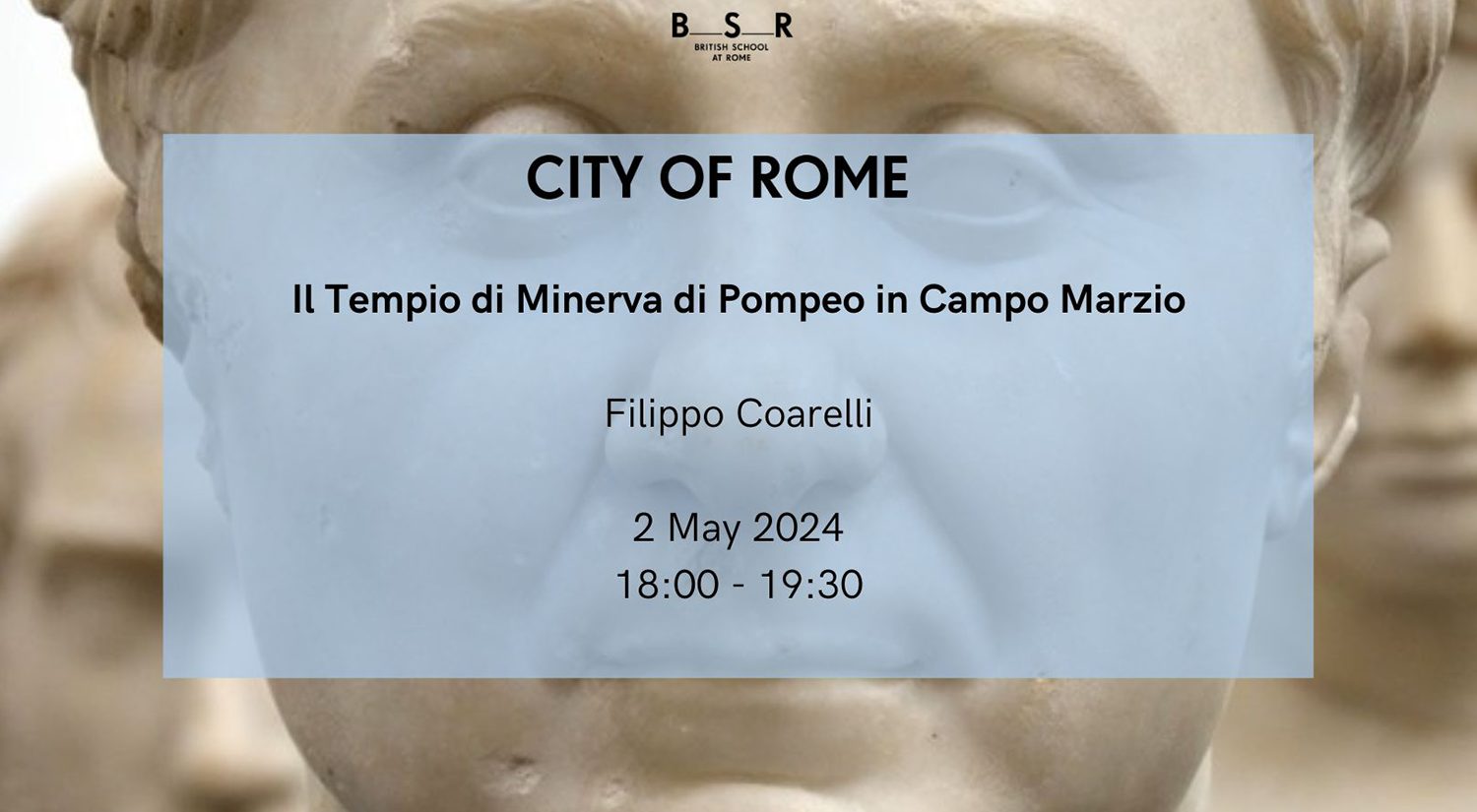Research Strategy
Research Strategy
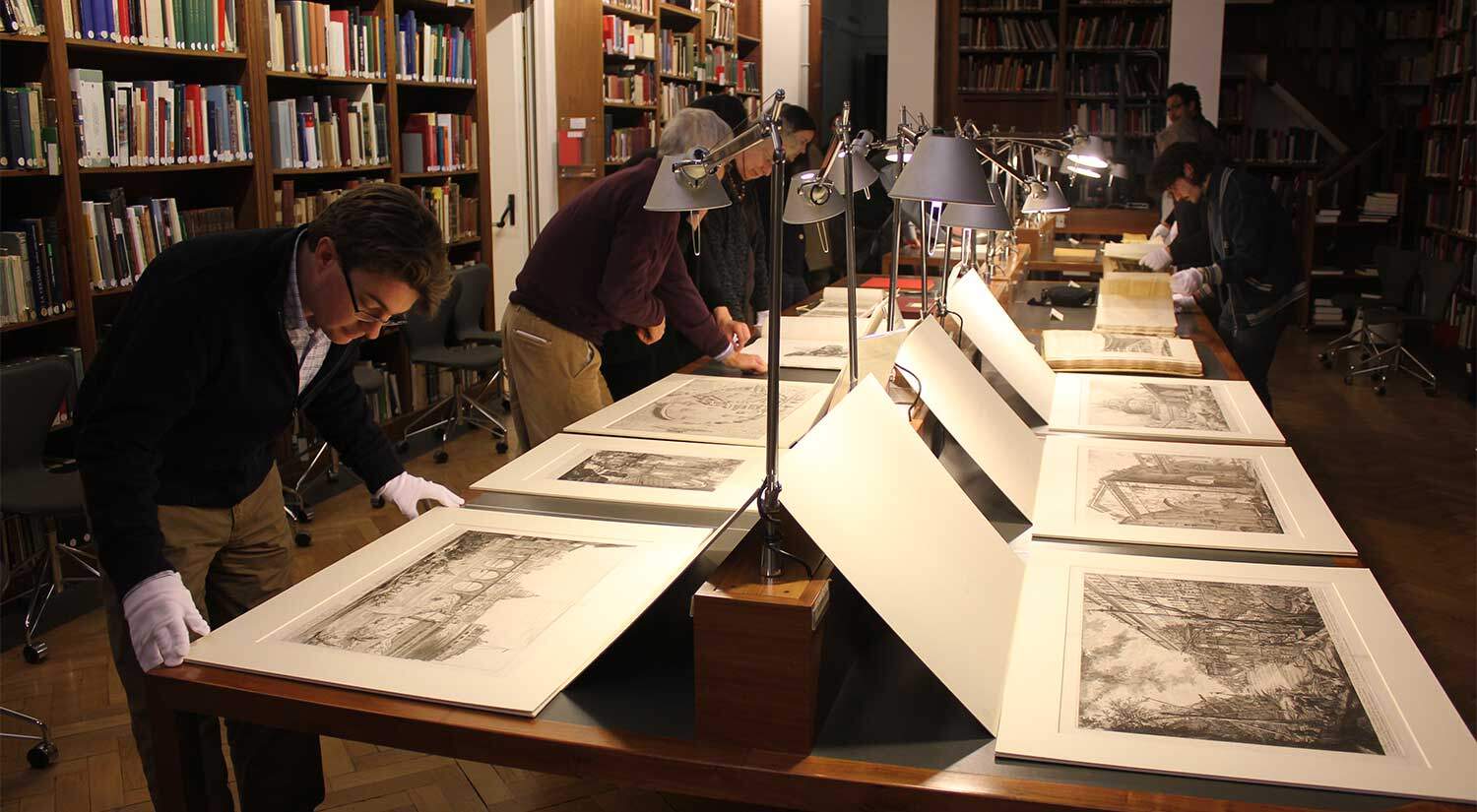
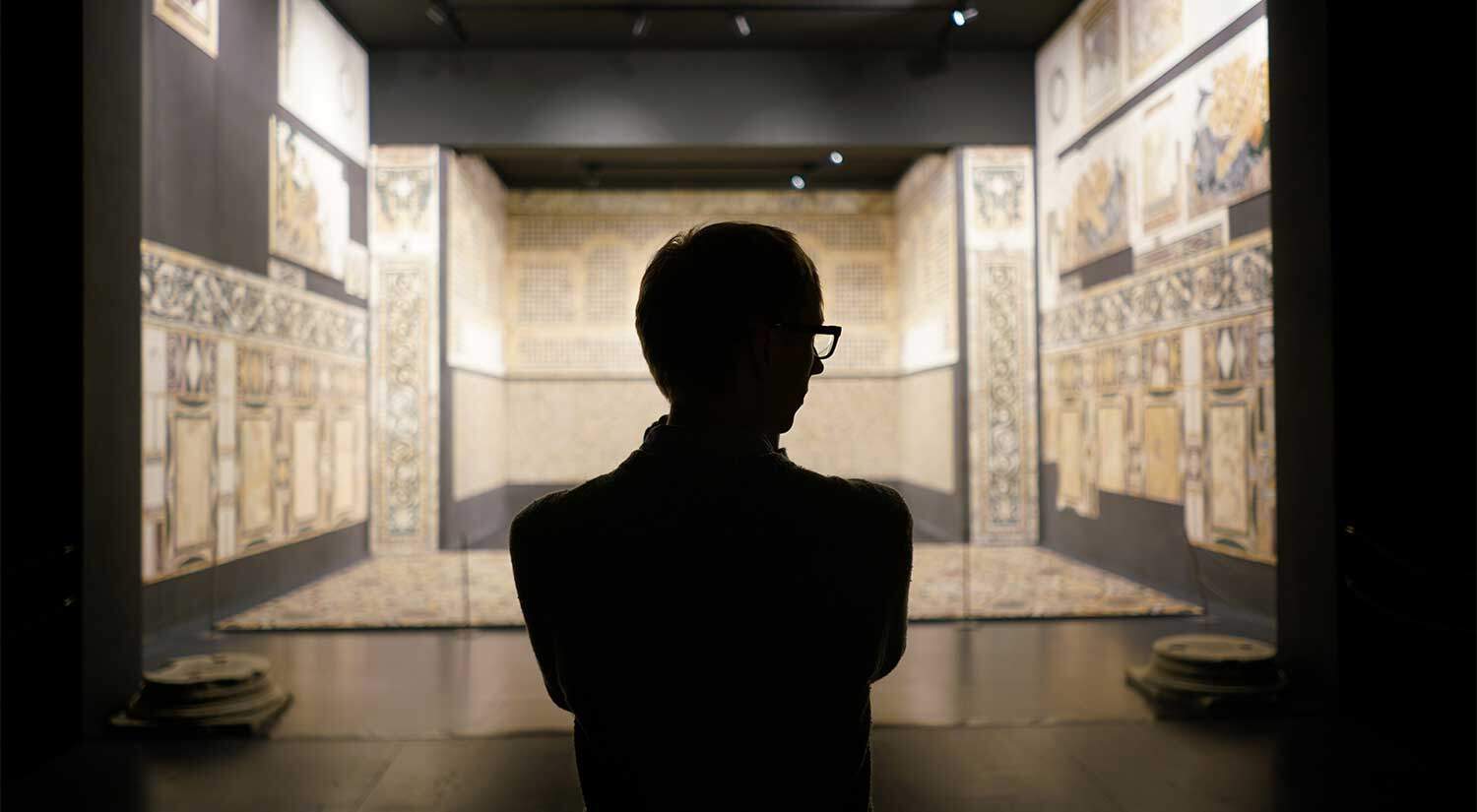

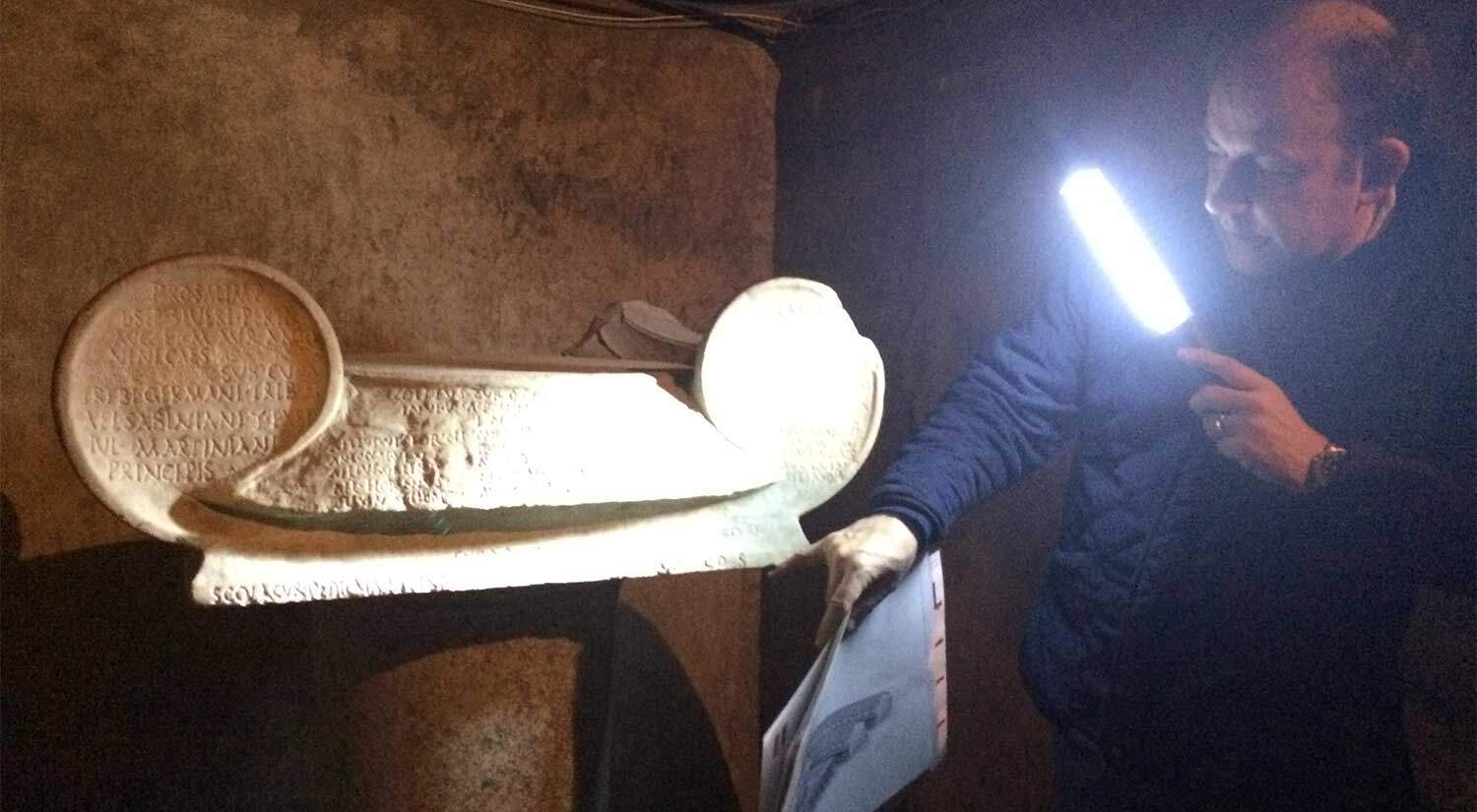

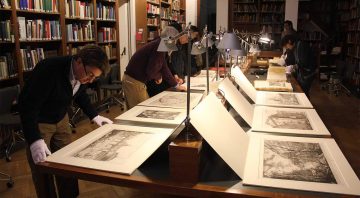
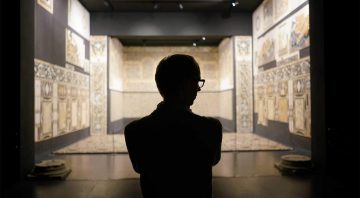
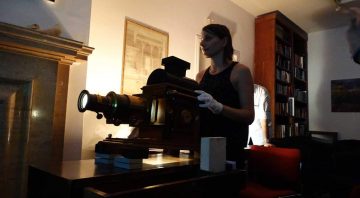
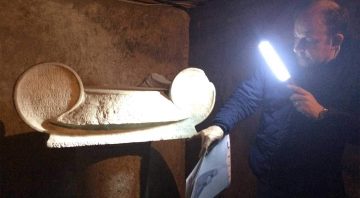
The BSR’s vision is:
- The inspiration and generation of creative research and practice
- A transformative intellectual experience
- World-class and socially engaged practice and research, both within the context of Rome and beyond
- Interdisciplinary, supportive, welcoming, accessible, challenging values, which promote equality, inclusion and diversity
- The exploration of new avenues and directions, in ways that remain coherent with our mission, resources, and networks
Engagement with Rome and the Roman world from prehistory to the modern day has been a focus of research and artistic practice at the BSR for over a century. The BSR's own library, rare book collection and archives bear witness to the archaeological and intellectual stratigraphy of a city whose history is contained in the folds of its geological, architectural, monumental, artistic, literary and philosophical constitution.
Rome was once the heart of a vast Empire which stretched across the Mediterranean basin to India and sub-Saharan Africa. From the specific study of its topography and landscapes to the examination of its assimilation of and interaction with other cultures, this pathway embraces the constant reworking and elaboration of the Roman cultural imaginary across the centuries and into the future.
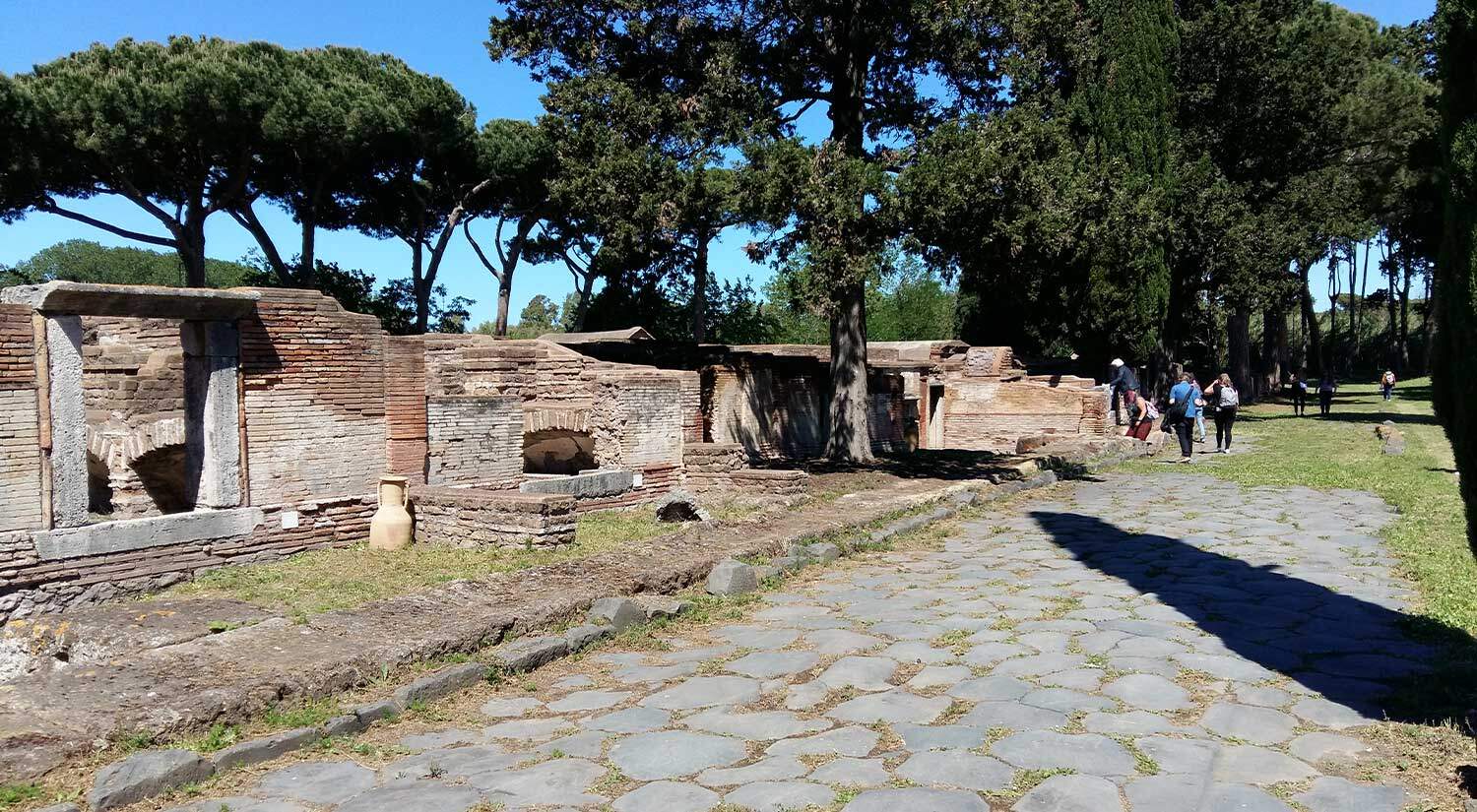
This pathway encompasses research and practice which focuses on processes of making and authorship in the field of the arts and humanities.
In focusing on literary genres such as poetry, theatre, fiction, commentary, oratory and the novel, and on visual forms such as fresco, panel painting, sculpture, print, photography and film, it examines the role of the humanities and visual culture in the formation of civic, regional, national and diasporic identities and their implication in the history of education and school room practice.
The multimedial nature of this pathway places particular emphasis on the skills and technologies of making, from manuscript to printed text and video, and on questions of composition, decoration and style.
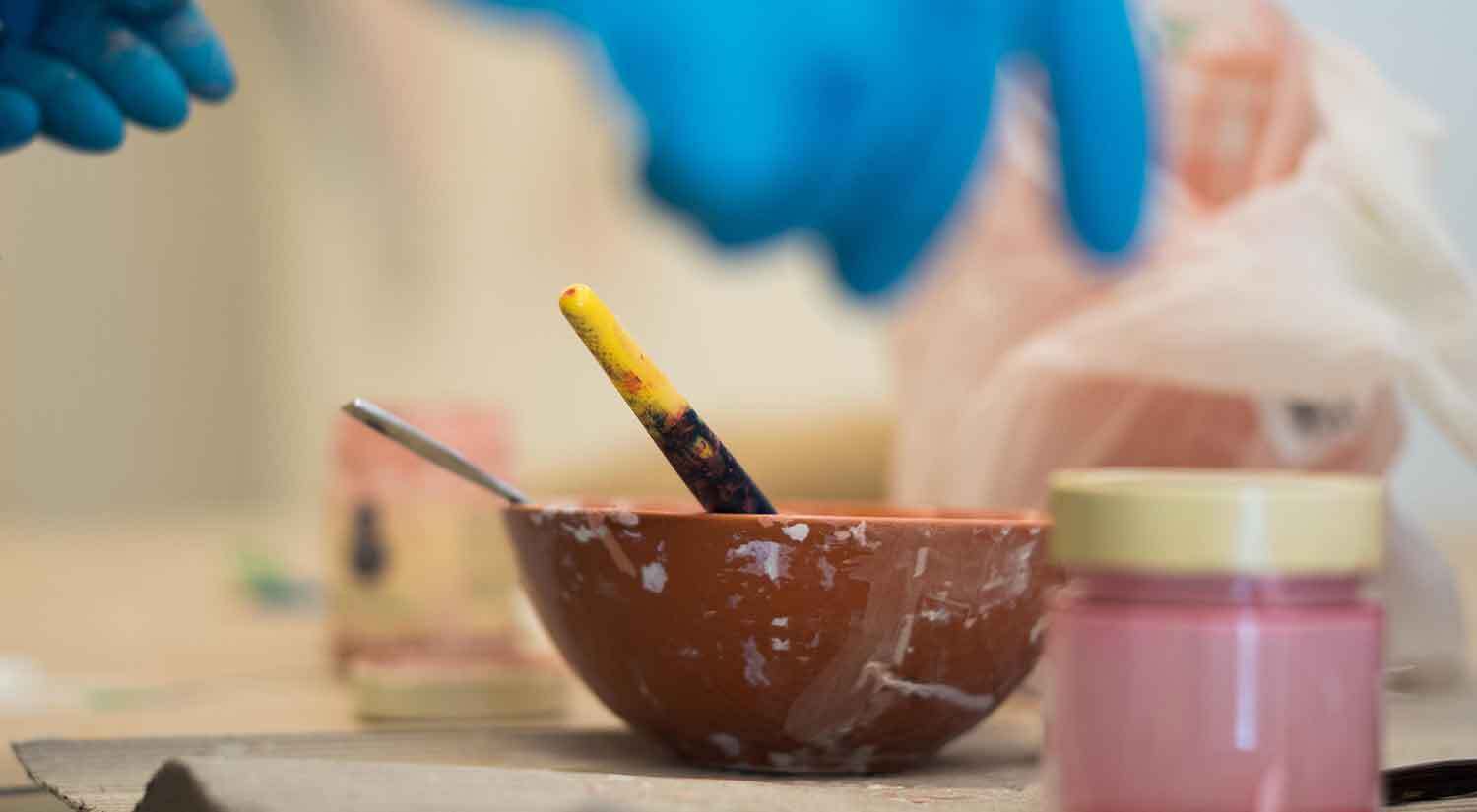
Mixing pigments, photo by Pascal Grandmaison
Rome’s and Italy's history has been characterised by the complex relation of politics to religion: from the cults of the Roman gods to the adoption of Christianity under Constantine; from the medieval Investiture Controversy between the Papacy and the Holy Roman Emperor to the Renaissance debates on Paganism; from the anti-papal sentiments of the Risorgimento to the launch of the Democrazia Cristiana. In more recent history, Italy has been characterised by the complex relationship between opposing political ideologies of national fascism and communism, and their relation to transnational Roman Catholicism.
Geographically, the Italian peninsula and Mediterranean basin have been sites of religious encounter between West and East, Christianity and Islam, the Eastern Orthodox and Roman Catholic churches, the challenges of the Reformation and repost of the Counter Reformation. This pathway encompasses the examination of these belief systems, their modes of articulation, dissemination, encounter and conflict.
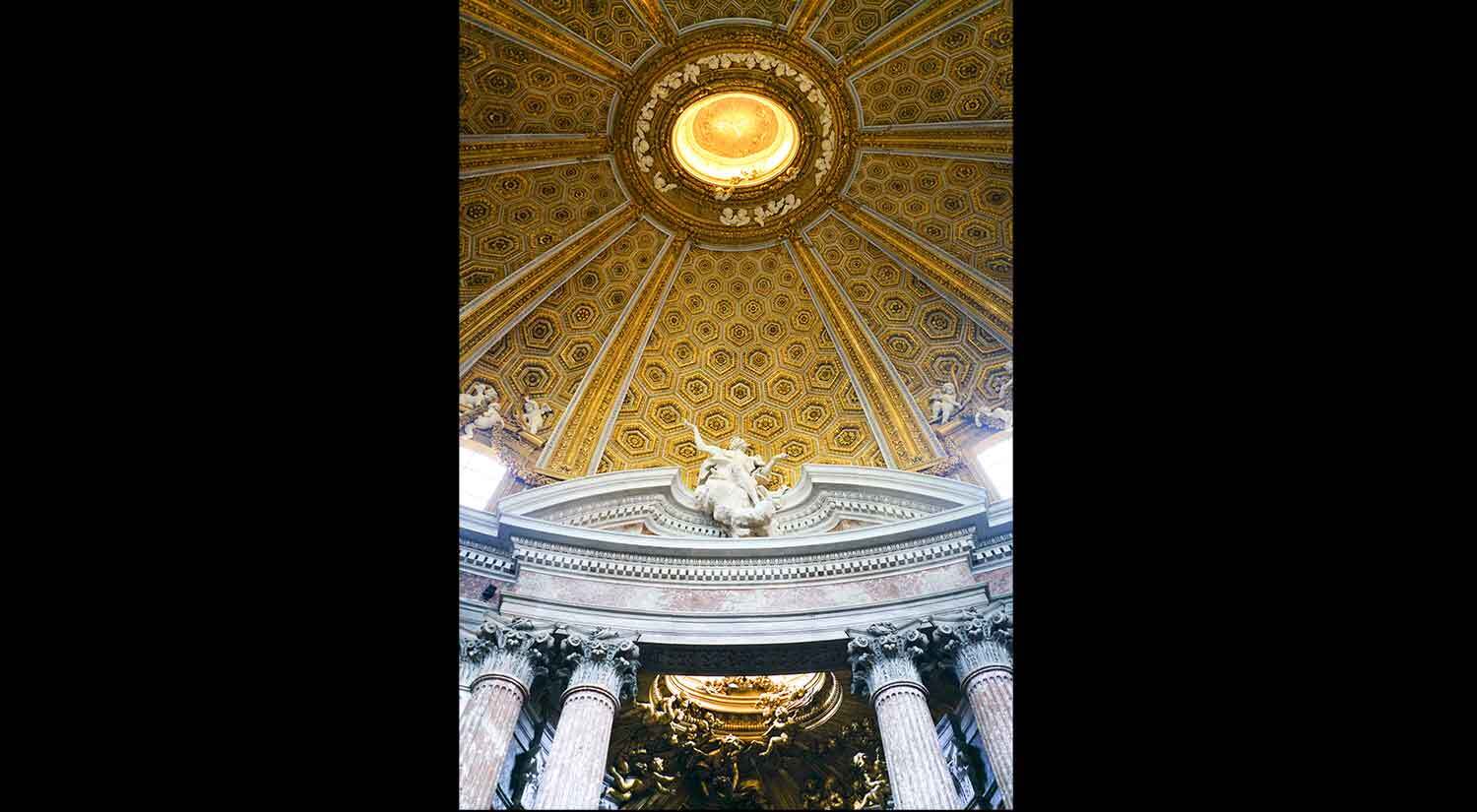
Sant’Andrea al Quirinale, photo by Michael Snelling
Cultural mapping is concerned with research on the provenance, circulation and trading of cultural artefacts, texts and ideas across time and place. It seeks to map the movements of people, objects and ideas, and has been recognised by UNESCO as a crucial tool and technique in preserving the world’s intangible and tangible cultural assets, often through crowdsourcing and community engagement.
The field also looks forward in seeking to use research tools to identify, describe, portray, promote and plan the future use of particular regions’ or cities’ combined cultural assets and resources.
As such this pathway is interested in the constitution and curation of archives, the history of collecting and the market in cultural property, and the study of migration and multiculturalism as mediated through the coming together of cultures and in translation as both a linguistic and cultural phenomenon.
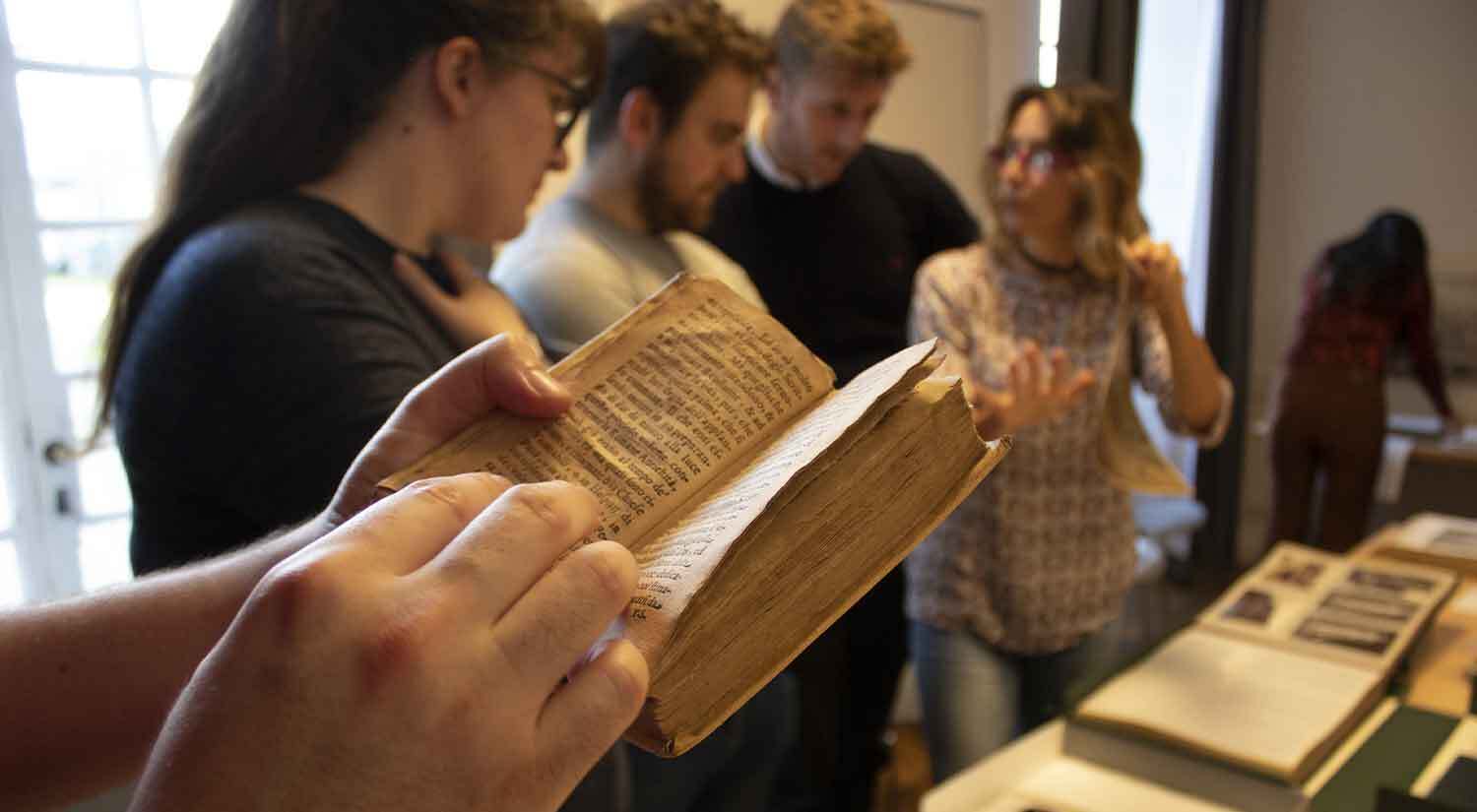
North West Consortium Doctoral Training Workshop using the BSR’s special collections, photo by Sian Bonnell
The cultural heritage sector is a key research and policy pathway for the BSR, drawing on a legacy of engagement in the fields of conservation, documentation, preservation and trafficking.
The BSR's long tradition in the curation and interpretation of archaeological sites of international importance, including the UNESCO World Heritage site at Herculaneum, brings a wealth of experience to the examination of the way heritage sites, archaeological parks, museums and galleries shape their priorities, values and practices in balancing front line conservation and research with public education and community engagement.
This pathway connects to the BSR’s multi-stakeholder partnerships with the Rome-based agencies ICCROM, ICOM, ISCR, ICRCPAL, ICCD, ARCA, and the Carabinieri Art Squad (TCP). Building on our own history as home of the Monuments Men, we address the challenges of conserving and protecting cultural heritage in conflict zones and areas susceptible to natural disaster and the preservation of landscapes and seascapes.

Amongst the plaster casts, photo by Mariam Yasmin Gulamhussein
This pathway links UKRI’s Global Research Challenges with the work of the Rome-based UN agencies (FAO, IFAD and WFP) and the city’s international community of social scientists, policy-makers, planners, diplomats and NGOs, all of whom are addressing the UN Sustainable Development Goals (SDG).
Sustainable development is also a key area for the eight British International Research Institutes (BIRI). Global challenges relating to water, food, cities, inequality, climate action, disease, health, gender and slavery all have their own historical genealogies.
The BSR has an important role in bringing together past and present perspectives on these issues, calling on the expertise of archaeologists, social and political historians, architects, planners and experts on urban and rural settlements through the ages to examine how past and future communities confront the challenge of reconciling development with the need to support the natural resources and ecosystems which sustain them.
The study of Italy as a nation, particularly inspired by the 150th anniversary of Italian unification, remains a fruitful area of research. This nationhood is bound up with images of the Italian past, back to the Roman period, and this symbolism has been hugely significant in shaping modern action, internally and with regard to neighbours around the Mediterranean.
